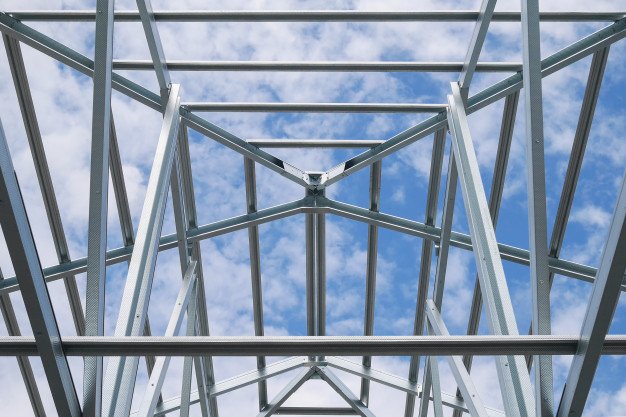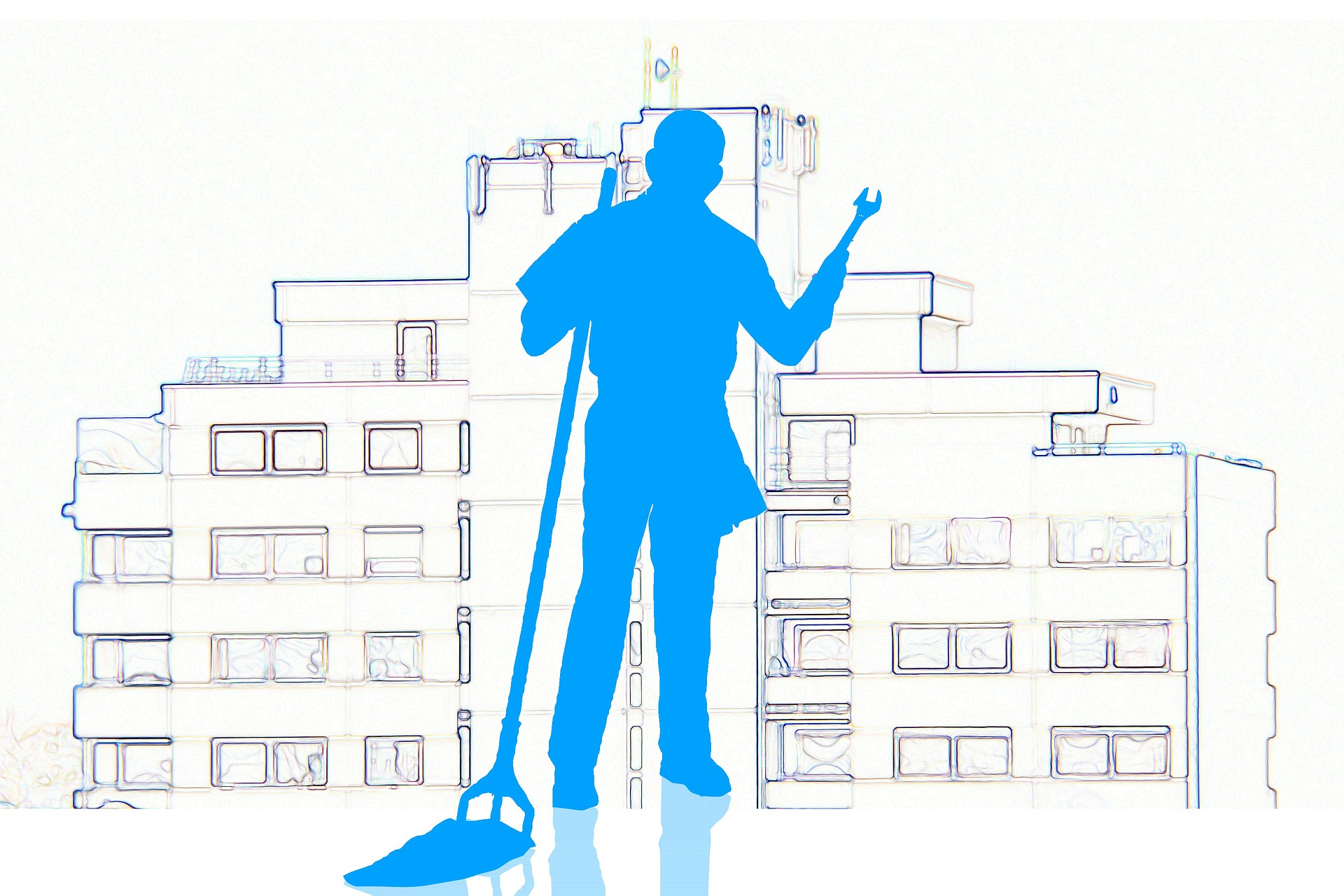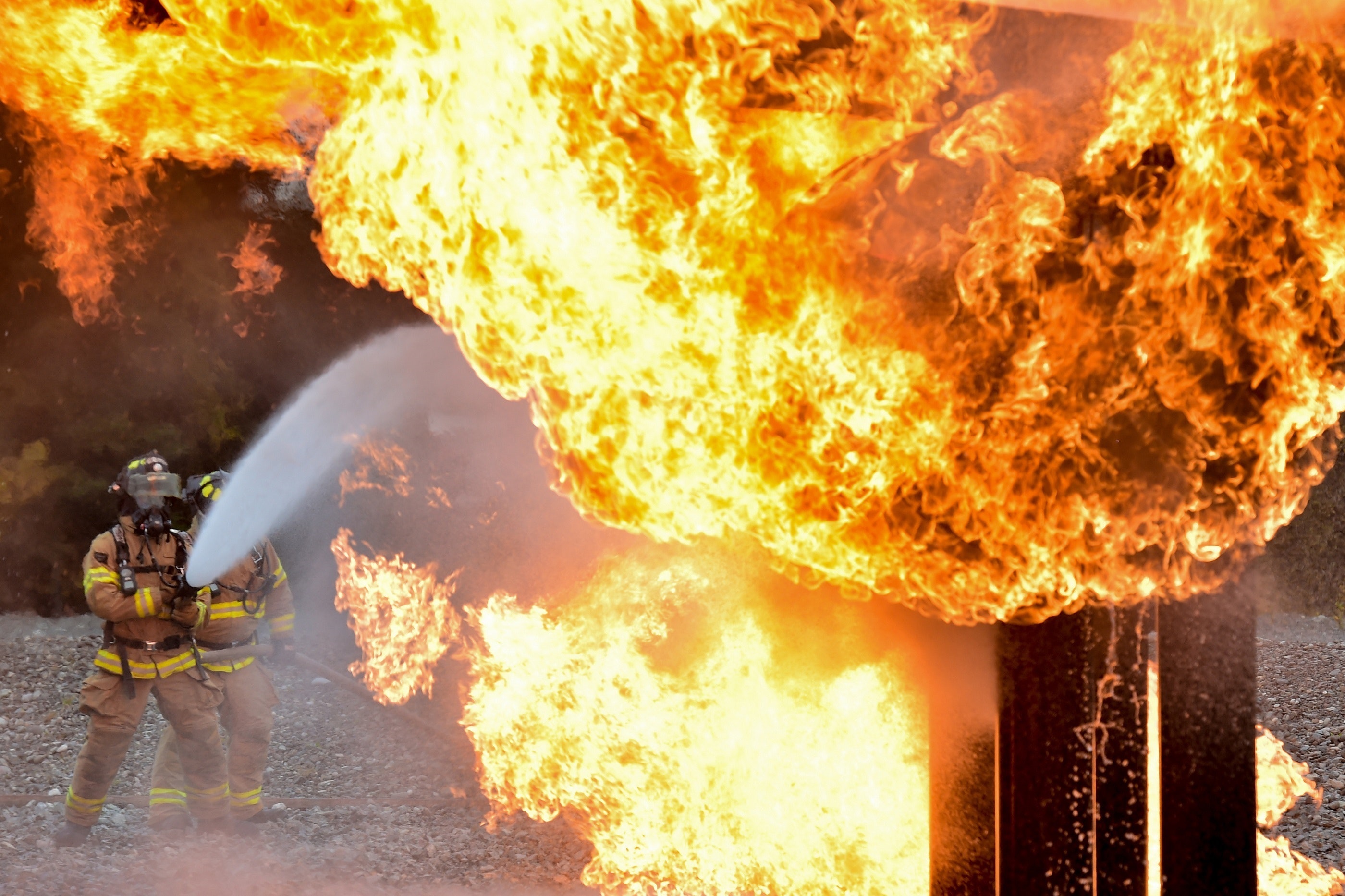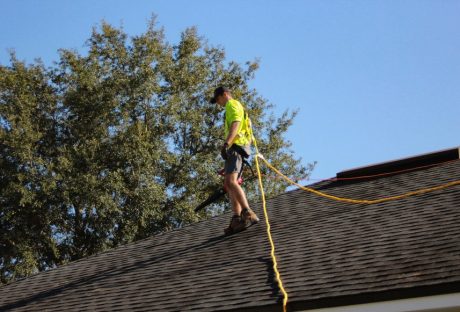When it comes to building structures, it is preferable to consider using metal studs in place of wooden studs for non-load bearing walls. Research shows that more than 50% of structures are built with metal studs made from cold-formed sheets.
However, metal studs conduct cold, but builders prefer using metal studs in place of woods for the following reasons.
1. Metal studs are lighter than wooden studs and convenient to work:
Metal studs are lighter in weight than wooden studs because of their hollow shape. This makes them less bulky than wooden studs in terms of transportation and storage.
When cutting metal studs using aviation snips, there are no sawdusts, unlike cutting through wooden studs. But it is advisable to protect your hands from sharp ends using gloves, especially during galvanized steel frame building construction.
2. Metal studs are easier to handle:
In terms of installation, metal studs weigh far less than wooden studs and are held in place with screws. Therefore, it easy to correct installation blunders with metal studs.
3. Metal studs are less prone to attacks from atmospheric elements:
Metal studs are not inclined to stresses and uneven shrinkage. Unlike wooden studs, which are susceptible to such factors with time. Also, metal studs are more resistant to mold and rot, which are common wooden infections. Although metal studs rust with time, this is preventable by installing a vapor barrier on the concrete floor. This explains the durability and sturdiness commonly enjoyed with galvanized steel frame building.
4. Metal studs have a higher tensile strength than wooden studs:
Metal studs have a higher tensile strength and flexibility than wooden studs. Therefore, they are preferred for construction in wind prone areas and seismic zones like the Gulf Coast states of the USA.
5. Metal studs are resistant to fire and insect attacks:
Metal studs are not prone to insect attacks like carpenter ants and termites, which can cause grave damages to wooden studs. Also, in terms of fire outbreaks, metal studs are fire resistant and do not burn in the case of a fire outbreak, unlike wooden studs.
6. Metal studs have a higher cost advantage:
Wooden studs cost 15% lesser than metal studs, but metal studs offer cost advantages in other areas. These advantages cut across warranty call-backs in the sales of metal studs are much reduced because metal studs are not susceptible to shrinkage, and additional stress-related factors.
Buildings built with metal studs do not have cracks or nail pops to fix after completion. Therefore, scraps are significantly reduced. Up to 20% wastage is recorded when wooden studs are used in construction. Hence the cost of disposing of discarded materials is decreased considerably.
7. Higher insurance discounts:
Owners of buildings built with metal studs enjoy a higher insurance discount due to lower risk factors. Unlike buildings built with wooden studs, which attracts a higher insurance premium because of their higher susceptibility to fire and other environmental factors.
Conclusion:
Metal studs are preferable for buildings because they are environmentally friendly compared with wooden studs. They can be recycled and are readily available in similar wooden dimensions.
Read Also:























